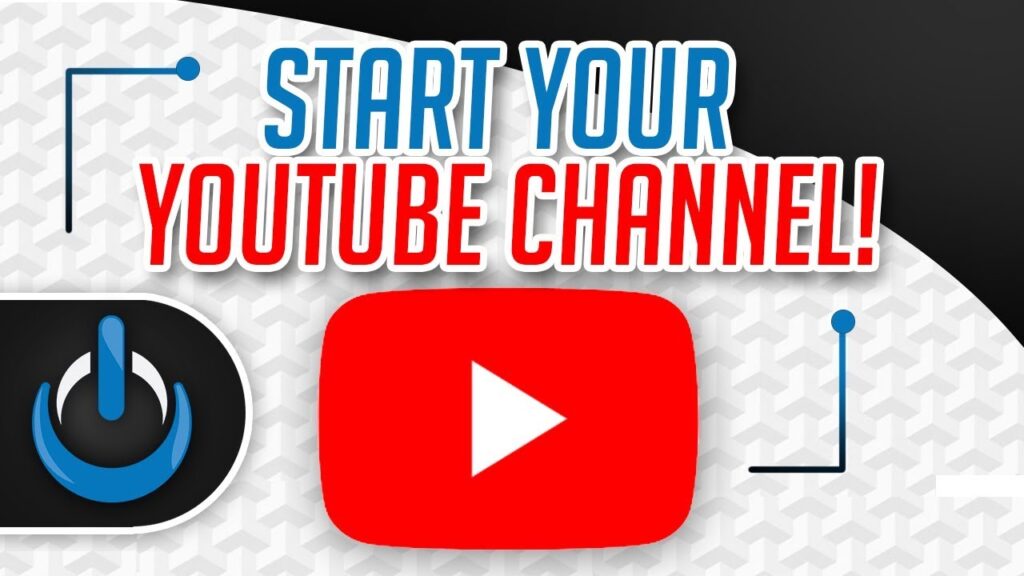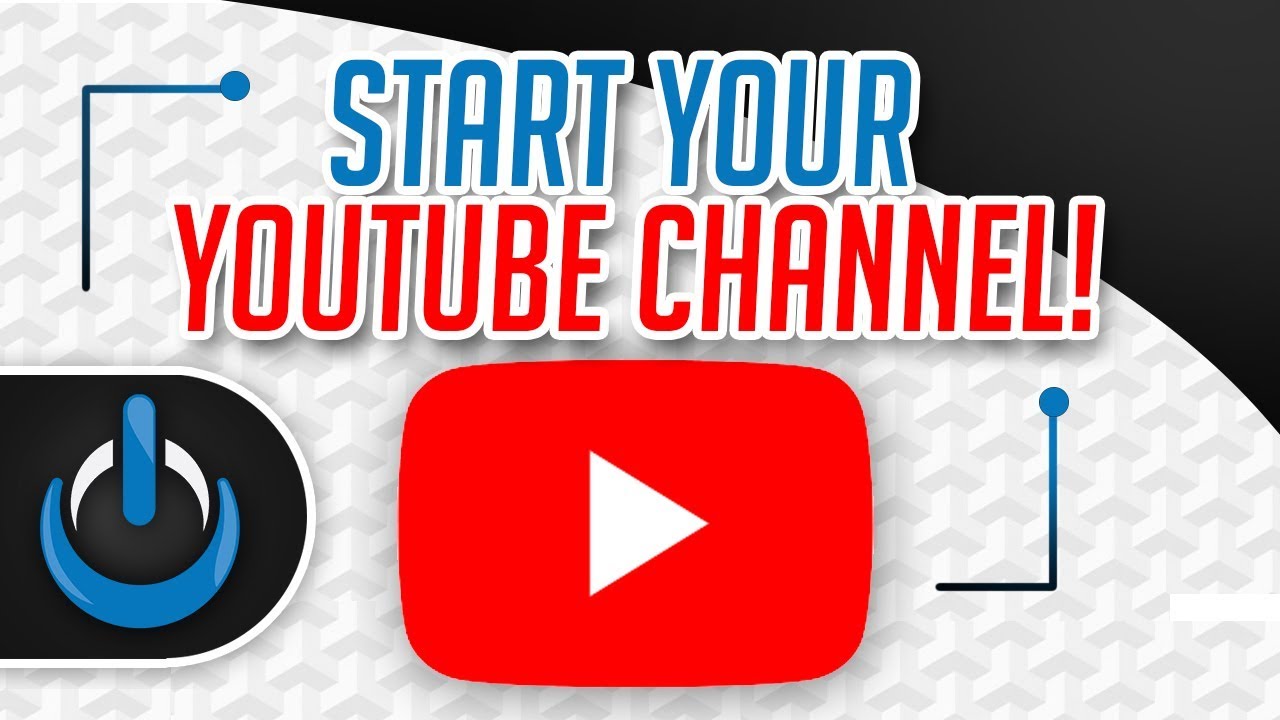
Mastering YouTube Start Time: Directing Viewers to the Perfect Moment
In the vast landscape of online video content, efficiency is key. Viewers have limited time and attention spans, making it crucial to guide them directly to the most relevant parts of your videos. The YouTube start time feature allows creators and viewers alike to share videos that begin at a specific point, skipping lengthy introductions or irrelevant sections. This article delves into the intricacies of using the YouTube start time parameter, exploring its benefits, methods for implementation, and best practices for maximizing its impact.
Why Use YouTube Start Time?
The YouTube start time parameter offers several advantages for both content creators and viewers:
- Improved User Experience: By directing viewers to the exact moment they need to see, you enhance their overall experience and reduce frustration. No more searching through minutes of content to find the crucial part.
- Increased Engagement: A focused viewing experience keeps viewers engaged and less likely to click away. This can lead to higher watch times and improved video performance.
- Enhanced Sharing: Easily share specific segments of your videos with others, highlighting key moments or tutorials. This promotes organic sharing and expands your reach.
- Effective Tutorials and Demonstrations: In tutorial videos, the YouTube start time function is invaluable. You can link directly to specific steps or techniques, making it easier for viewers to follow along.
- Promoting Specific Content: If a particular part of your video is especially impactful or important, using the YouTube start time feature allows you to showcase it prominently.
Methods for Setting the YouTube Start Time
There are several ways to specify the YouTube start time, each catering to different scenarios and preferences:
Using the Share Button
This is the simplest method, ideal for casual sharing. Here’s how to do it:
- Play the YouTube video.
- Pause the video at the desired starting point.
- Click the “Share” button below the video.
- Check the box labeled “Start at”. The timestamp will automatically populate with the current video time.
- Copy the generated link. This link will now include the YouTube start time parameter.
Manually Adding the Timestamp to the URL
This method offers more control and is useful when sharing links in emails or documents. The syntax is straightforward:
https://www.youtube.com/watch?v=VIDEO_ID&t=XmYs
Where:
VIDEO_IDis the unique identifier of the YouTube video.Xis the number of minutes.Yis the number of seconds.
For example, to start a video at 2 minutes and 30 seconds, the URL would be:
https://www.youtube.com/watch?v=VIDEO_ID&t=2m30s
You can also use just seconds:
https://www.youtube.com/watch?v=VIDEO_ID&t=150s
Both of these URLs will direct the viewer to the 2 minute 30 second mark of the video. This method is very versatile for setting a precise YouTube start time.
Embedding Videos with a Start Time
When embedding a YouTube video on a website or blog, you can also specify the YouTube start time. This ensures that the video automatically begins at the desired point when viewers access your site.
- Get the embed code for your YouTube video.
- Locate the
srcattribute in thetag. - Add
&start=SECONDSto the end of the URL within thesrcattribute, replacingSECONDSwith the desired start time in seconds.
For example:
<iframe width="560" height="315" src="https://www.youtube.com/embed/VIDEO_ID?start=120" frameborder="0" allow="accelerometer; autoplay; clipboard-write; encrypted-media; gyroscope; picture-in-picture" allowfullscreen></iframe>
This code will embed the video and start it at the 2-minute (120-second) mark. Using the embed function with a specified YouTube start time can greatly improve the user experience on your website.
Best Practices for Using YouTube Start Time
To maximize the effectiveness of the YouTube start time feature, consider these best practices:
- Clearly Indicate the Starting Point: When sharing a link with a specific YouTube start time, inform viewers about the content they can expect at that point. This helps them understand why you’re directing them to that specific moment. For instance, “Skip to 1:30 for the product demo!”
- Use Descriptive Language: Instead of simply saying “start at 2 minutes,” provide context. For example, “Go to 2:00 to see the key takeaway from the presentation.”
- Optimize for Mobile: Ensure that the YouTube start time feature works seamlessly on mobile devices. Test your links and embedded videos on different devices to ensure a consistent experience.
- Consider Chapter Markers: YouTube’s chapter marker feature allows you to divide your videos into distinct sections. This makes it easier for viewers to navigate and find the content they need, potentially reducing the need for manual start time adjustments. [See also: YouTube Chapter Markers: A Comprehensive Guide]
- Regularly Review and Update Links: If you make changes to your videos, such as editing content or adding new sections, review and update any links that use the YouTube start time parameter to ensure they still point to the correct location.
- Don’t Overuse It: While the YouTube start time feature is valuable, avoid overusing it. Only use it when it genuinely enhances the viewing experience and provides a clear benefit to the viewer.
Common Mistakes to Avoid
While using the YouTube start time feature is relatively straightforward, there are a few common mistakes to avoid:
- Incorrect Timestamp Format: Ensure that you’re using the correct format when manually adding the timestamp to the URL. Double-check the minutes and seconds to avoid directing viewers to the wrong location.
- Forgetting to Test the Link: Always test the link before sharing it to ensure that it works as expected. This helps you catch any errors and avoid frustrating your viewers.
- Sharing Broken Links: If a video is removed or made private, any links that use the YouTube start time parameter will no longer work. Be sure to keep your links updated and remove any broken ones.
- Assuming Viewers Know What to Expect: Always provide context when sharing a link with a specific YouTube start time. Don’t assume that viewers will automatically understand why you’re directing them to that particular moment.
Advanced Uses of YouTube Start Time
Beyond basic sharing, the YouTube start time parameter can be used in more advanced ways:
- Creating Interactive Tutorials: Use the YouTube start time feature to create interactive tutorials where viewers can jump to specific steps based on their needs. Provide links to different sections of the video, allowing viewers to customize their learning experience.
- Building Custom Video Playlists: Create custom video playlists that start each video at a specific point. This can be useful for highlighting key moments from different videos or creating a curated viewing experience.
- Integrating with Marketing Campaigns: Use the YouTube start time feature to integrate your videos with marketing campaigns. Direct viewers to specific sections of your videos that promote your products or services.
The Future of YouTube Start Time
As YouTube continues to evolve, the YouTube start time feature is likely to become even more integrated into the platform. Future updates may include:
- More Intuitive Interface: YouTube could introduce a more user-friendly interface for setting the YouTube start time, making it even easier for creators and viewers to use.
- Enhanced Analytics: YouTube could provide more detailed analytics on how the YouTube start time feature is being used, allowing creators to track its impact on video performance.
- Integration with Other Features: The YouTube start time feature could be integrated with other YouTube features, such as end screens and cards, to provide a more seamless viewing experience.
Conclusion
The YouTube start time feature is a powerful tool for enhancing the viewing experience and improving video engagement. By understanding how to use it effectively, creators can direct viewers to the most relevant parts of their videos, increase watch times, and promote their content more effectively. Whether you’re sharing a tutorial, highlighting a key moment, or creating an interactive learning experience, the YouTube start time parameter can help you make the most of your YouTube videos. Mastering this simple yet effective feature is a crucial step in optimizing your YouTube strategy and connecting with your audience in a meaningful way. Remember to always test your links and provide context to ensure a seamless and enjoyable viewing experience. The YouTube start time functionality is a valuable asset for any content creator looking to maximize their impact on the platform. By strategically implementing the YouTube start time feature, you can significantly improve viewer retention and overall video performance. Don’t underestimate the power of directing your audience to the exact moment they need to see; it’s a small adjustment that can yield significant results. This YouTube start time guide provides a comprehensive overview of how to utilize this tool to your advantage. The YouTube start time is a critical element for optimizing user experience. Make sure you use the YouTube start time feature to its full potential.

